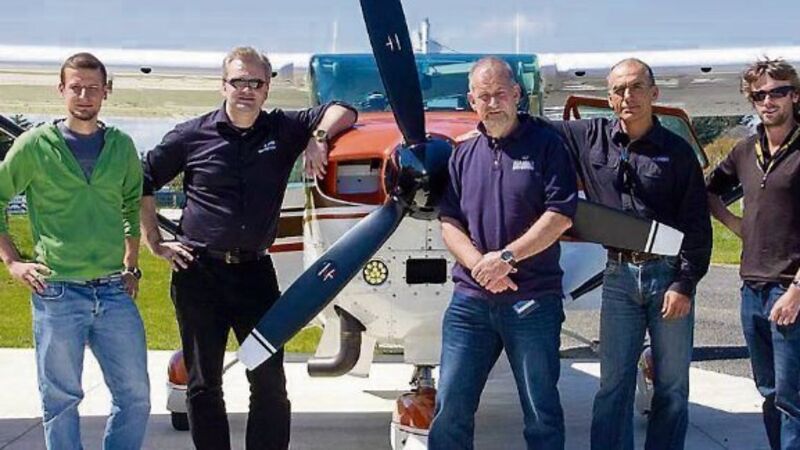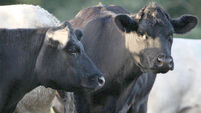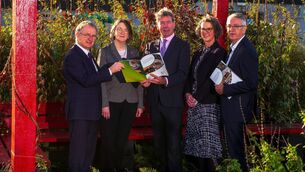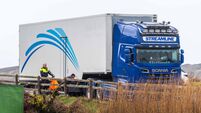Farmers’ new eye in the sky

Using this new technology is expected to generate more than €80 million a year in additional export earnings by 2030, mainly by improving how fertiliser is applied to hill country.
Aerial imaging is expected to enable New Zealand capture unprecedented levels of data about the nutrient content of large sections of upland.










